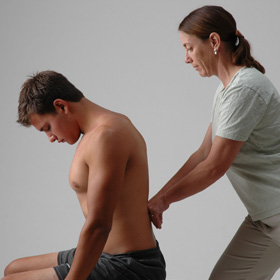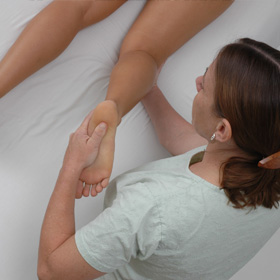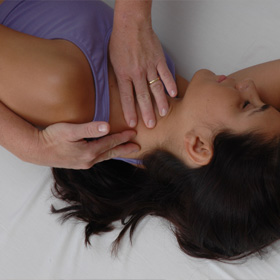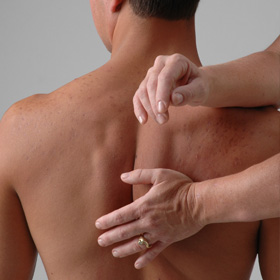Ten Series
During a typical Rolfing® session, we start by evaluating a person’s structure. A Rolfer™ is trained to see bodies and how the dynamics of standing and movement occur and to determine how and where the body is restricted.
Rolfing accomplishes its results through a set of ten specific goals designed to open and balance the whole body. This is known as The Rolfing 10 Series. Through refined and intelligent pressure applied by a Certified Rolfer™, specific areas of the body are carefully manipulated to release areas where the body is restricted. The “Series” is administered progressively; each session builds upon the last until complete integration of the structure is achieved. The average spacing between sessions is one to two weeks.
“Tell me and I forget. Show me and I remember. Involve me and I understand.”
~ Chinese Proverb




Sessions 1-3
Called the “sleeve” sessions, session 1-3 strive to loosen and balance surface layers of connective tissue.
Specifically, the first session is devoted to enhancing the quality of breath with work on the arms, ribcage and diaphragm. Opening is also started along the upper leg, hamstrings, neck and spine.
The second session helps give the body a stable foundation by balancing the foot and muscles of the lower leg.
The third session typically involves a “side view” for an understanding of how the head, shoulder girdle, and hips are positionally related to one another when standing under the influence of gravity. Then, the body is addressed within the context of this new vision.
Sessions 4-7
Sessions 4-7 are referred to as “core” sessions and examine terrain found between the bottom of the pelvis and top of the head. The idea of core also includes the deep tissue of the legs for its role in support.
Session four begins this journey, its territory extends from the inside arch of the foot and up the leg, to the bottom of the pelvis.
The fifth session is concerned with balancing surface and deep abdominal muscles to the curve of the back.
Session six seeks to enlist more support and movement from the legs, pelvis and lower back, while the seventh session turns its sole attention to the neck and head.
Session 8-10
“Integration” is emphasized throughout the remaining three sessions, as session 8-10 provide an opportunity for the practitioner to blend previously established advancements, and ones yet to be made, into the body in a way that encourages smooth movement and natural coordination.
During sessions eight and nine, the practitioner determines how best to achieve this integration, as the protocol is unique for each individual.
The tenth and final session is also one of integration, but more importantly, serves to inspire a sense of order and balance.
